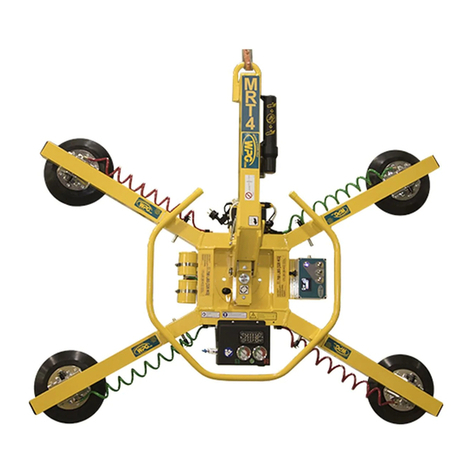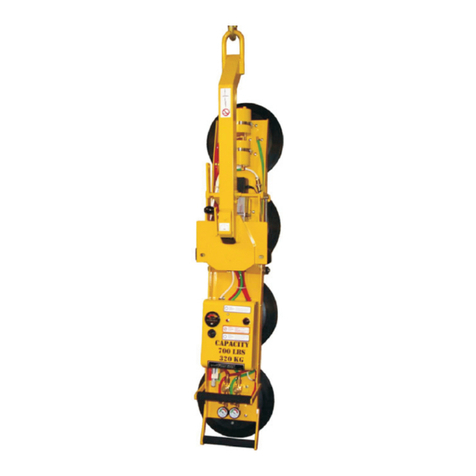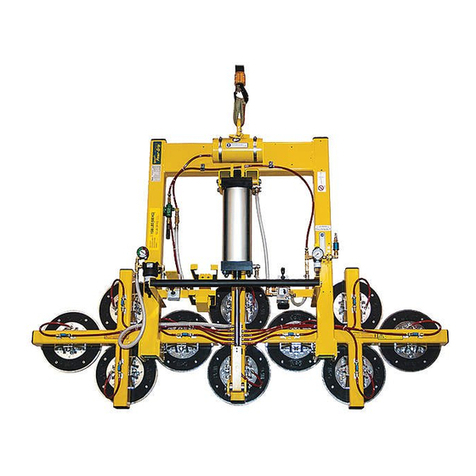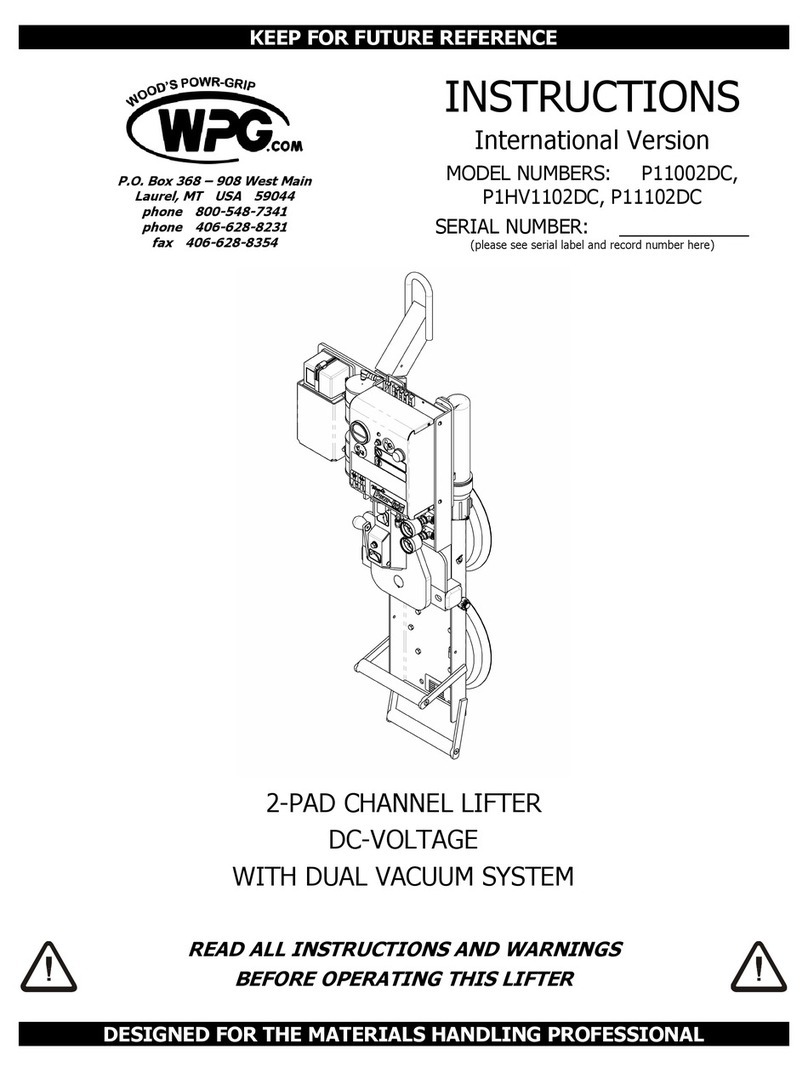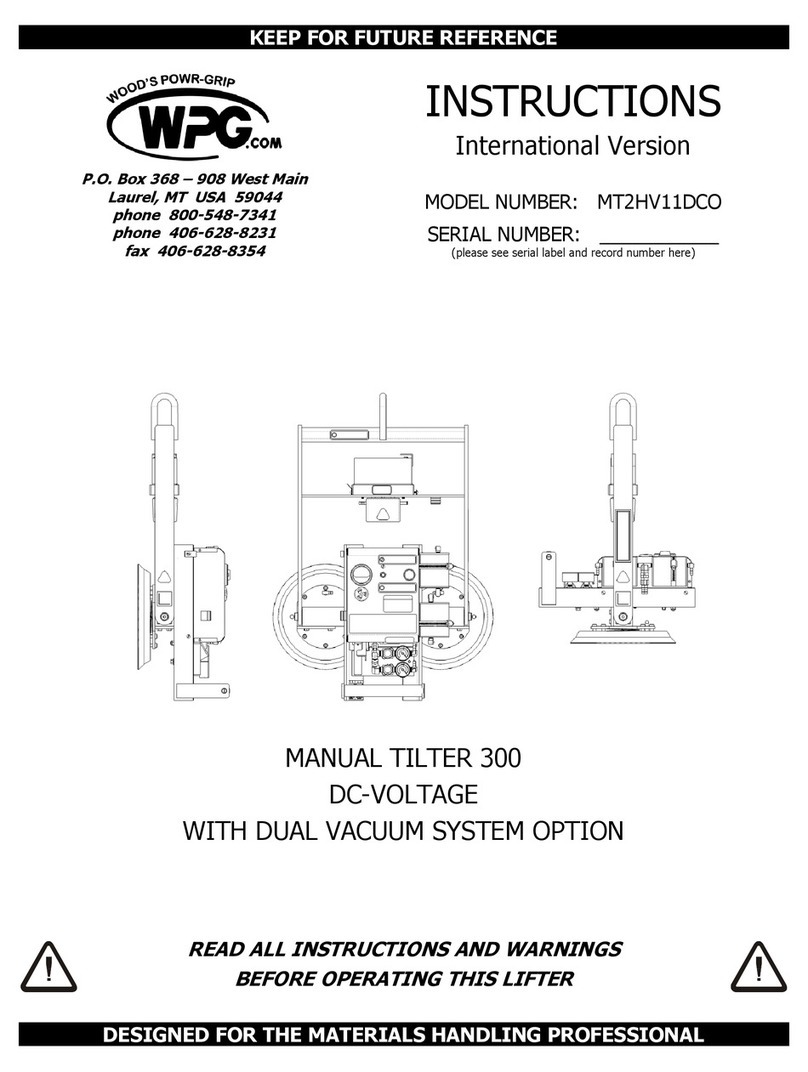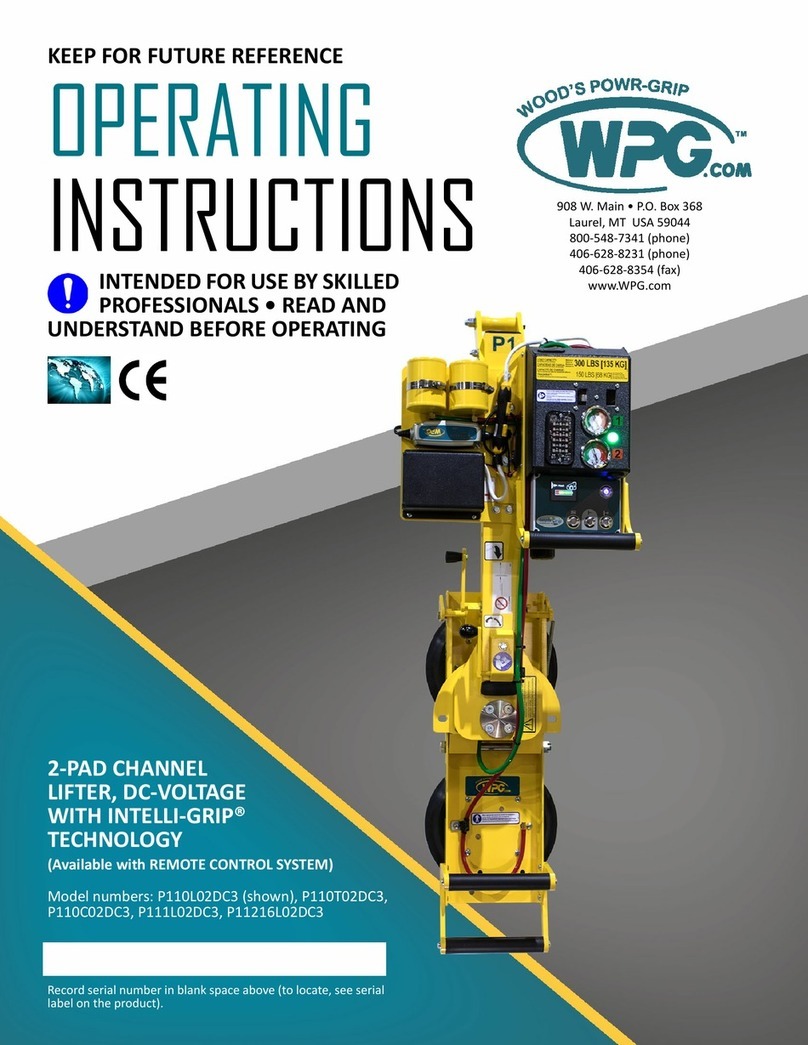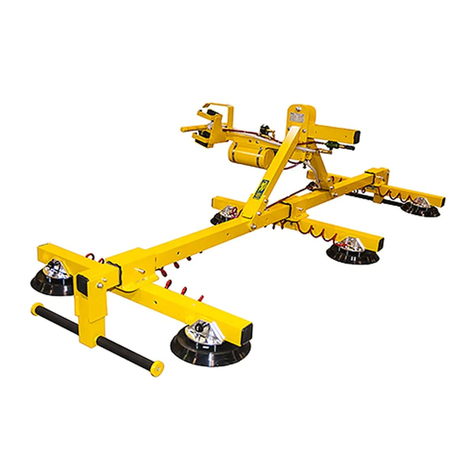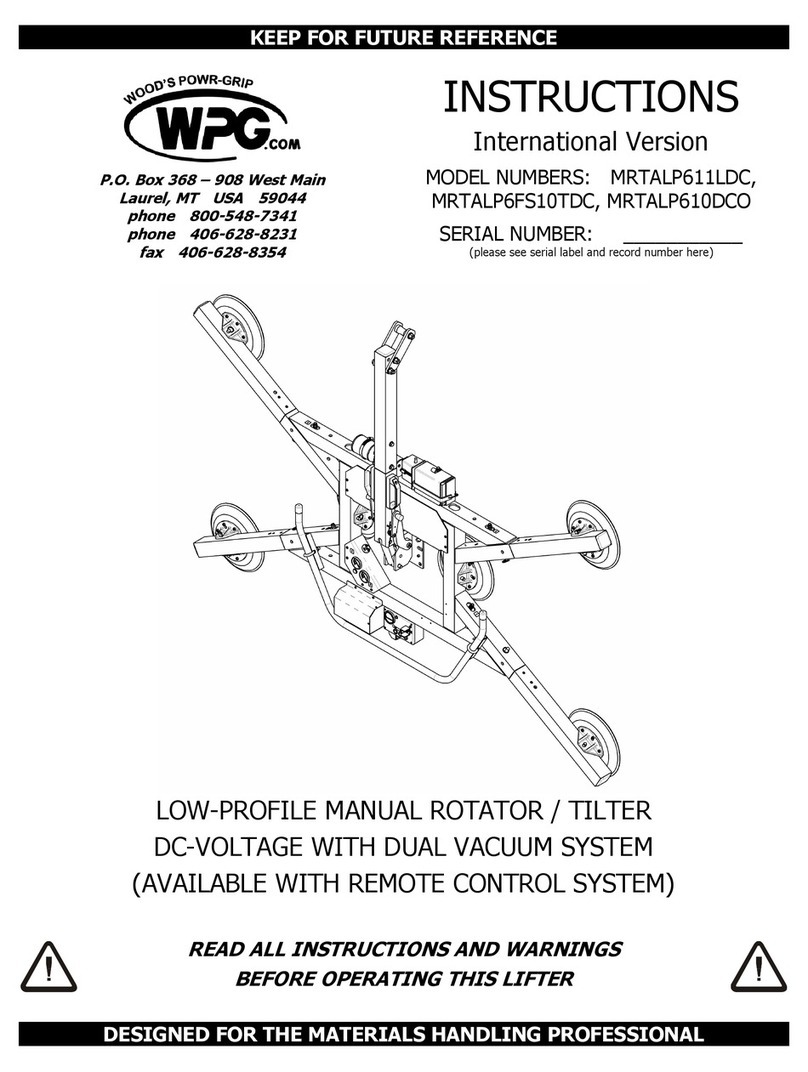
Rev 6.1/12-21 LW185: #350401
SPECIFICATIONS .....................................................................................3
SAFETY...................................................................................................4
OPERATING FEATURES............................................................................5
ASSEMBLY..............................................................................................6
INTENDED USE .....................................................................................10
LOAD CHARACTERISTICS...............................................................................10
OPERATING ENVIRONMENT..........................................................................10
OPERATION..........................................................................................11
BEFORE USING THE LADDER LIFT ..................................................................11
Taking Safety Precautions .................................................................................................11
Performing Inspections and Tests .....................................................................................11
TOATTACH THE LIFTING HOOK TO ALOAD .....................................................12
TOLIFT ALOAD .........................................................................................13
TOLOWER ALOAD .....................................................................................14
AFTER USING THE LADDER LIFT ....................................................................15
Storing the Ladder Lift ......................................................................................................15
INSPECTIONS AND TESTS......................................................................16
INSPECTION SCHEDULE ................................................................................16
TESTING ...................................................................................................17
Operational Tests ..............................................................................................................17
Load Test ...........................................................................................................................17
MAINTENANCE ....................................................................................18
WIRE ROPE MAINTENANCE .........................................................................18
Correct Use and Care ........................................................................................................18
Daily Inspection ................................................................................................................18
Periodic Inspection ...........................................................................................................18
WINCH MAINTENANCE ...............................................................................19
PULLEY MAINTENANCE ...............................................................................19
LADDER MAINTENANCE...............................................................................19
REPLACEMENT PARTS...........................................................................20
LIMITED WARRANTY ............................................................................21
TABLE OF CONTENTS

